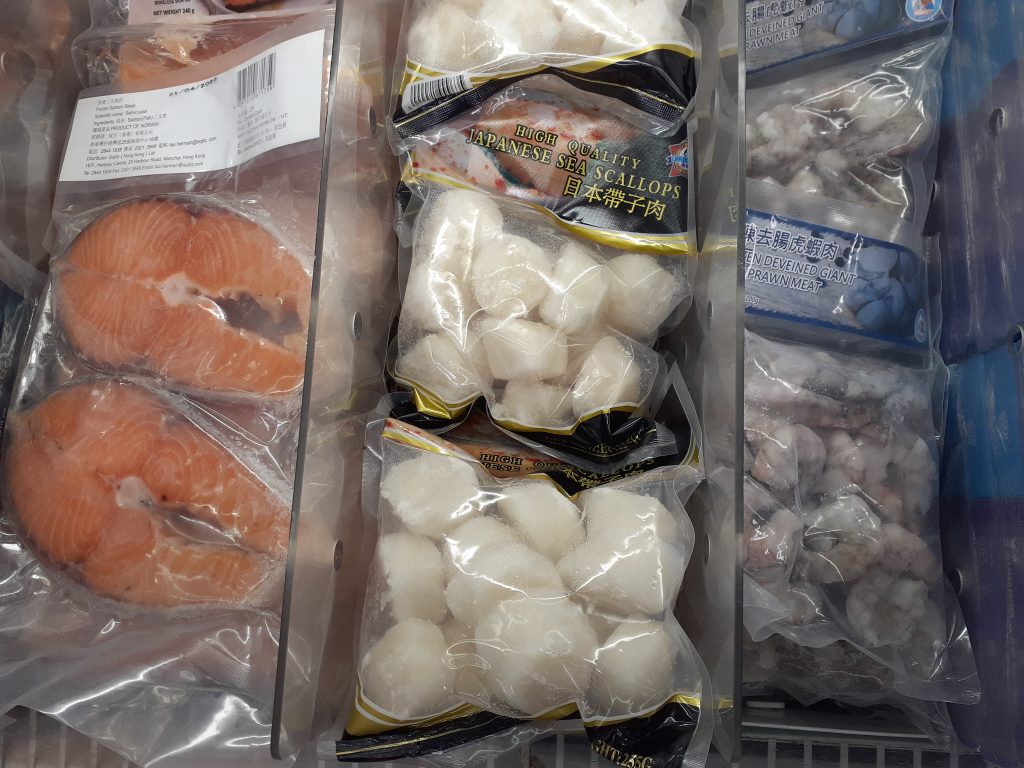Are you ready to start eating healthier and losing weight without breaking the bank? Look no further with our practical advice and clever strategies, this guide is designed for individuals who are eager to make nutritious choices without sacrificing their budget. Whether you’re a seasoned health enthusiast or just starting on your wellness journey, these tips and tricks will help you navigate the aisles of the supermarket with confidence and purpose. So grab your shopping list, and let’s explore how you can make the most of your grocery budget while still prioritizing your health.
Planning Your Grocery Trip
Make a Meal Plan
Before heading to the grocery store, it’s important to make a meal plan. This will help you stay focused and avoid buying items that you don’t need. Take some time to think about the meals you want to make for the week and create a list of ingredients for each meal.
Check Sales and Coupons
To save money on your grocery trip, check for sales and coupons. Many stores offer weekly specials, and you can often find coupons in newspapers, online, or through store apps. Take advantage of these money-saving opportunities by planning your meals around the items that are on sale.
Create a Shopping List
Once you have your meal plan and checked for sales and coupons, it’s time to create a shopping list. Organize your list by sections of the store to make your trip more efficient. Include all the ingredients you need for your meals, as well as any household essentials you may need to restock.
Navigating the Grocery Store
Shop the Perimeter
When you enter the grocery store, focus on shopping the perimeter first. This is where you will find fresh produce, meats, dairy products, and other whole foods. By starting here, you can fill your cart with nutritious options before venturing into the aisles where processed and packaged foods are found.
Avoid Impulse Buys
One of the biggest challenges when grocery shopping is avoiding impulse buys. These are the items that catch your eye while walking through the aisles and aren’t on your shopping list. To avoid these temptations, stay focused on your list and remind yourself of your meal plan and budget.
Compare Prices and Brands
As you navigate through the store, take the time to compare prices and brands. Look for sales or discounted items, and consider trying store brands to save even more money. While some brand-name items may be worth the extra cost, others can be just as good when purchased at a lower price or from a store brand.

Choosing Nutritious Foods
Prioritize Fresh Produce
When it comes to choosing nutritious foods, fresh produce should be a priority. Fruits and vegetables are packed with essential nutrients and are an important part of a healthy diet. Look for seasonal options, as they tend to be fresher and more affordable.
Opt for Whole Grains
When selecting grains, opt for whole grains over refined ones. Whole grains are higher in fiber and other nutrients, and they can help keep you feeling fuller for longer. Look for whole-grain options like brown rice, whole-wheat bread, and whole-grain pasta.
Select Lean Proteins
Protein is an essential part of a healthy diet, and choosing lean options can help you maintain a balanced lifestyle. Look for lean cuts of meat like skinless chicken breast or lean ground turkey. If you’re vegetarian or vegan, consider plant-based protein sources like tofu, lentils, and beans.
Saving Money on Fruits and Vegetables
Buy Seasonal Produce
To save money on fruits and vegetables, buy seasonal produce. Seasonal produce tends to be more abundant, which leads to lower prices. Plus, it often tastes better because it’s harvested at its peak ripeness.
Shop at Local Farmer’s Markets
Another way to save money on fruits and vegetables is by shopping at local farmers’ markets. Not only will you support local farmers and the community, but you’ll also find fresh and affordable produce. Plus, you may discover unique and flavorful options that aren’t always available at larger grocery stores.
Consider Frozen or Canned Options
If fresh produce is too expensive or not in season, consider frozen or canned options. These options can still be nutritious and convenient. Frozen fruits and vegetables are often flash-frozen at their peak ripeness, and canned options can be a great backup for when fresh produce isn’t available.

Smart Choices for Whole Grains
Buy in Bulk
Buying whole grains in bulk can be a cost-effective way to save money. Bulk bins allow you to purchase the exact amount you need, reducing waste and saving money compared to pre-packaged options. Just be sure to store your grains properly in airtight containers to maintain freshness.
Choose Store Brands
Store brands often offer more affordable options when it comes to whole grains. Check the store brand section for whole grain cereals, bread, and pasta. They are usually comparable in taste and quality to brand-name products but at a lower cost.
Opt for Whole Grain Alternatives
Sometimes, whole-grain options can be more expensive than their refined counterparts. If whole grains are out of your budget, consider choosing alternatives that are still nutritious but more affordable, like quinoa, buckwheat, or barley.
Tips for Budget-Friendly Proteins
Buy in Bulk
Proteins can often be one of the most expensive items on your grocery list. To save money, buy proteins like chicken, beef, or fish in bulk. Divide them into portion sizes and freeze them for later use. Buying in bulk is usually cheaper per ounce than buying smaller packages.
Utilize Canned or Dried Legumes
Canned or dried legumes, such as beans, lentils, and chickpeas, are budget-friendly sources of protein. They’re also versatile and can be added to a variety of dishes, such as soups, stews, and salads. Look for sales or buy in bulk to get the best deals.
Include Plant-Based Proteins
If you’re looking for more affordable protein options, consider including plant-based proteins in your diet. Foods like tofu, tempeh, and seitan are often cheaper than meat and can be a delicious and nutritious alternative.

Getting the Most out of Dairy Products
Compare Prices and Options
When it comes to dairy products, compare prices and options. Different brands may have varying prices, so take the time to check the labels and compare the cost per ounce. Additionally, consider different forms of dairy, such as milk, cheese, and yogurt, to find the most cost-effective options.
Consider Store Brands
Store brands often offer more affordable dairy options. Don’t be afraid to try them out, as they are often just as good as the brand-name products. Look for store-brand yogurts, cheeses, and milk.
Opt for Low-Fat or Greek Yogurt
If you’re watching your calorie intake, opt for low-fat or Greek yogurt. These varieties contain less fat and more protein compared to full-fat versions. Additionally, buying larger tubs of yogurt can be cheaper per ounce than individual servings.
Navigating the Meat and Seafood Section
Buy Lean Cuts in Bulk
When it comes to meat and seafood, buying lean cuts in bulk is a great way to save money. Look for lean options like chicken breasts, turkey, or fish. Buying in bulk and freezing the extra portions can help you stock up on protein while staying within your budget.
Look for Sales and Deals
Keep an eye out for sales and deals in the meat and seafood section. Many stores offer weekly specials, so check the flyers or store apps for discounted items. By planning your meals around these sales, you can save money on your grocery bill.
Choose Frozen Options
If fresh meat or seafood is too expensive, consider opting for frozen options. Frozen meat and seafood can be just as nutritious as fresh, and they often have a longer shelf life. Plus, buying frozen can help you budget better by allowing you to use only what you need and store the rest for later.

Budget-Friendly Tips for Snacks and Beverages
Choose Healthy Snack Options
Snacks can quickly add up in cost, so it’s important to make budget-friendly choices. Opt for healthier snack options like fresh fruit, veggies with hummus, or homemade trail mix. These options are not only nutritious but also more affordable than pre-packaged snacks.
Avoid Sugary Drinks
Sugary drinks can be a budget killer, especially when purchased regularly. Instead of buying soda or other sugary beverages, opt for tap water. It’s free and the healthiest choice, helping you save money while staying hydrated.
Opt for Tap Water
When it comes to beverages, tap water is your best and most budget-friendly option. It’s readily available and doesn’t cost anything to drink. If you prefer flavored beverages, simply add a slice of lemon or cucumber to your glass to add a subtle taste.
Meal Preparation and Planning
Cook in Large Batches
To save time and money, cook your meals in large batches. Prepare several servings at once and store the leftovers in portion-sized containers in the fridge or freezer. This way, you’ll always have a healthy meal on hand and won’t be tempted to order takeout.
Utilize Leftovers
Don’t let leftovers go to waste. Instead, find creative ways to use them in your next meal. Leftover chicken can be used in salads or soups, while cooked vegetables can be added to omelets or stir-fries. By utilizing leftovers, you’ll stretch your food budget and reduce food waste.
Prep Snacks and Meals in Advance
Take some time each week to prep snacks and meals in advance. Chop fruits and vegetables, prepare overnight oats, or cook a big batch of quinoa. Having nutritious snacks and prepped ingredients on hand will make it easier to make healthy choices throughout the week and resist the temptation of less healthy options.
By following these tips and tricks, you can plan your grocery trip more effectively, navigate the store with confidence, choose nutritious foods, and save money in the process. Eating healthier and losing weight doesn’t have to break the bank, and with a little planning and smart shopping, you can achieve your goals without compromising your budget. Happy shopping!
© 2023-2024 by fewercalories.com. All rights reserved. No part of this document may be reproduced or transmitted in any form or by any means, electronic, mechanical, photocopying, recording, or otherwise, without prior written permission of fewercalories.com.






